By Robert Kourik
What is Herbes de Provence?
Herbs de Provence (or Herbes de Provence) is a delightful spice blend used in many dishes originating from the south of France. Herbs de Provence is made up of lavender flowers with dried savory herbs--
basil,
oregano,
rosemary,
sage,
savory, and
thyme. Americans have become increasingly captivated with this pungent, complex flavor-enhancer for fish, game, red meat, poultry, and even vegetables.
Growing Herbes de Provence
All of the herbs in this blend thrive in Provence's Mediterranean climate, but they can be easily grown in less temperate regions. Outdoors, all of the following plants do well in USDA Hardiness Zones 6 through 10. Some will also grow, with special winter protection, in zones 4 and 5. In winter, all can be grown in containers in south-facing windows that receive at least 4 hours of direct sunlight.
Soil Conditions
Because nearly all the herbs are prone to root rot (Phytophthora species), they prefer rocky, sandy, or gravelly soil for good drainage. Like most Mediterranean herbs, they tolerate drought well. For sage, lavender, and oregano, a sandy soil actually enhances the amount of volatile oils in the foliage, making the herbs' flavors more pungent. Basil is the only plant in the mixture that prefers ample moisture and a fertile soil.
Many gardeners prefer to buy seedlings of the perennial and shrubby forms of these plants at their local nurseries. Buy the smallest plants available, because their roots are less likely to be mangled by the container. It's safer to plant after the danger of frost has passed and soil has warmed. In the moderate West and South, fall planting produces superior plants by the end of the following summer. In humid climates, judicious pruning of the foliage of woody-stemmed herbs to a more open form will increase air circulation and help plants prosper.
Harvesting, Drying, and Storing Your Herbs
For all except lavender, harvest leafy sprigs from your garden throughout the summer, then dry and store them in a cool, dark place. After they dry, strip the leaves from the twigs and store the dried herbs in dark jars in a cool place.
Begin harvesting before noon on a sunny, dry day. Clip sprigs that are free of dew or water. Harvest lavender flowers and flower stems only, without leaves (strip any leaves that might hang on to the 12- to 18-inch flower stems). Dry lavender flowers and other herbs on screen trays or by hanging small bundles in a dark, dry place with good air circulation. If ventilation is a problem, run an oscillating fan at low speed nearby. Keep the location completely dark, because even fluorescent bulbs will fade lavender's flowers. Store each herb separately. To use, combine leaves and flowers only in small batches
Recipe for Herbs de Provence
1 teaspoon dried lavender flowers
2 tablespoons dried thyme
2 tablespoons dried oregano
2 tablespoons dried basil
2 tablespoons dried marjoram
2 tablespoons dried savory
2 tablespoons dried rosemary
Mix together and store in an airtight container out of direct light.
The Herbs Described
English Lavender ( Lavandula angustifolia, also sold as
L. officinalis, L. angustifolius, and
L. vera)
- Recommended: 'Alba', 'Hidcote', 'Jean Davis' (pale pink flowers), and 'Munstead'. 'Nana Alba' is a short white variety.
- Hardiness: English lavender is the hardiest of all lavenders, from zone 5 (-20°F to -10°F) through zone 10.
- Sun: Full sun is best, but plants will tolerate 4 hours of indirect light.
- Description: This small, mounding shrub reaches 2- to 3-feet tall and wide. Its narrow, lance-shaped leaves are up to several inches long, and range from a pale olive green to blue-green. The flower heads usually extend 3 or more inches along the stems. The tiny corollas (true flowers) may be mauve, blue-violet, violet shading to light blue, pale purple, bluish mauve, modest purple or rich violet; some varieties are white or pale pink. English lavender has the sweetest smell and flavor of all lavenders. It's also a proven insecticide for aphids and repels cockroaches.
Basil (Ocimum basilicum)
- Recommended varieties: 'Lettuce Leaf' has 4-inch crinkled leaves with smooth edges. 'Opal' and 'Purple Ruffles' have rich burgundy or purple foliage. Basil flavors also include lemon, cinnamon, and licorice (also called anise basil).
- Hardiness: Summer annual in all zones.
- Sun: Prefers full sun.
- Description: Plants come in many sizes, up to 24 inches tall and wide. Leaves range from light to dark green, as well as purple and mottled green-purple. Pale white flowers bloom on long stems. Protect seedlings from slugs, snails, and earwigs. Prune or harvest regularly to extend the foliage season and delay flowering.
Oregano (Origanum vulgare hirtum)
- Recommended varieties: This subspecies of common oregano is the only "true" oregano, according to Arthur O. Tucker of the University of Delaware's Department of Agriculture and Natural Resources. This same plant is sometimes sold as (O. heracleoticum).
- Hardiness: An herbaceous perennial for zones 6 through 10.
- Sun: Full sun.
- Description: Oregano grows to 2 feet tall and wider, and spreads by underground stems. Its oval leaves are soft and slightly gray-green. Flower stalks, pale pink with purplish overtones, rise above the foliage. To guarantee authenticity, buy rooted cuttings. In cold-winter climates, add lots of sand to the planting area to help prevent frost heaving.
Rosemary (Rosmarinus officinalis)
- Recommended varieties: 'Arp', 'Blue Boy', 'Collingwood Ingram', 'Golden Rain', 'Ken Taylor', 'Majorca Pink', 'Prostratus', and 'Tuscan Blue'.
- Hardiness: This semihardy evergreen shrub is often rated for all zones. In zones 7 and colder with temperatures below 15oF, cover or move to a sheltered place or indoors for the winter. ('Arp' may be hardy to -10°F).
- Sun: Full sun, but tolerates up to two-thirds of the day in shade.
- Description: Short, stiff, needlelike foliage is usually dark green but sometimes a rich chartreuse. The most rigid, upright forms, which have the best flavor, reach 6 feet. Low, prostrate shrubs stay below 18- to 24-inches tall, with gracefully arching, rambling limbs. Rosemary blossoms run the spectrum from pale speckled blue to royal cobalt. Some flowers are pure white; others are various shades of pink. Very well adapted to pots, window boxes, tubs, and troughs. Can be pruned as topiary or into a Christmas tree shape. Relatively pest-free.
Common Sage (Salvia officinalis)
- Recommended varieties: 'Aurea' ('Golden Sage') is a variegated form with pale lime green, chartreuse-yellow, and darker sage green markings. 'Purpurascens', also sold as 'Purpurea', has leaves of a deep, smoky purple. 'Tricolor' is a variegated mixture of sage green, creamy white, and purple. All of these taste more resinous and slightly more acrid than common sage.
- Hardiness: A hardy perennial shrub for zones 4 through 10. Hardy down to 30°F if covered with a protective bower of evergreen boughs or straw.
- Sun: Prefers full sun but tolerates a small amount of shade.
- Description: Compact growth 18- to 24-inches tall and slightly wider. The 6- to 12-inch flower stalks with soft violet-blue flowers create a delightful pastel haze floating above the foliage. S. triloba has shorter, wider leaves with two noticeable small lobes at the base of the larger main leaf (hence the name triloba). A member of the mint family and a relative of lavender.
Summer Savory (Satureja hortensis)
- Recommended varieties: For herbes de Provence, summer savory is preferred over winter savory, S. montana, which has a slightly coarser flavor.
- Hardiness: S. hortensis grows in all zones as an annual. Winter savory, a perennial, is hardy into zone 4.
- Sun: Full sun.
- Description: The 12- to 18-inch plants have gray-green foliage and pale lilac or lavender blossoms on long, lavender-tinted stems.
- Remarkable for its long period of summer bloom.
Common Thyme (Thymus vulgaris)
- Recommended varieties: Besides common thyme, try wonderfully scente lemon thyme (T. citriodorus) and its delightfully variegated form, 'Aureus'; caraway-scented thyme (T. herba-barona); and very flavorful wild thyme (T. drucei, also known as T. praecox arcticus and T. serpyllum).
- Hardiness: Perennial evergreen herb, hardy in zones 5 through 9.
- Sun: Full sun.
- Description: The well-behaved, verdant foliage is composed of tiny, delicate leaves on stems up to a foot high. Clouds of misty mauve flowers float a few inches above the leaves.
- Relatively pest and disease free. The stems will readily root into a thin layer of compost. Also well adapted to containers.
Bon appetit!
Robert Kourik is the author of several gardening books and many magazine articles. He lives in Occidental, California.

Victory Seed Company has all the seeds you want for your best garden in 2024.
For 25 years, the family-owned Victory Seed Company has provided the highest quality vegetable, herb and flower seeds to families across the country. We are passionate about providing you the best seeds available that give excellent germination, robust plants, and the harvest you want. With a catalog of over a thousand varieties, we have everything, and our prices are the kinds that we'd want to pay. We have hundreds of yesterday's heirloom vegetables, as well as today's award winning hybrid selections. Get to know us by visiting our website and browsing through our online vegetable seed catalog.
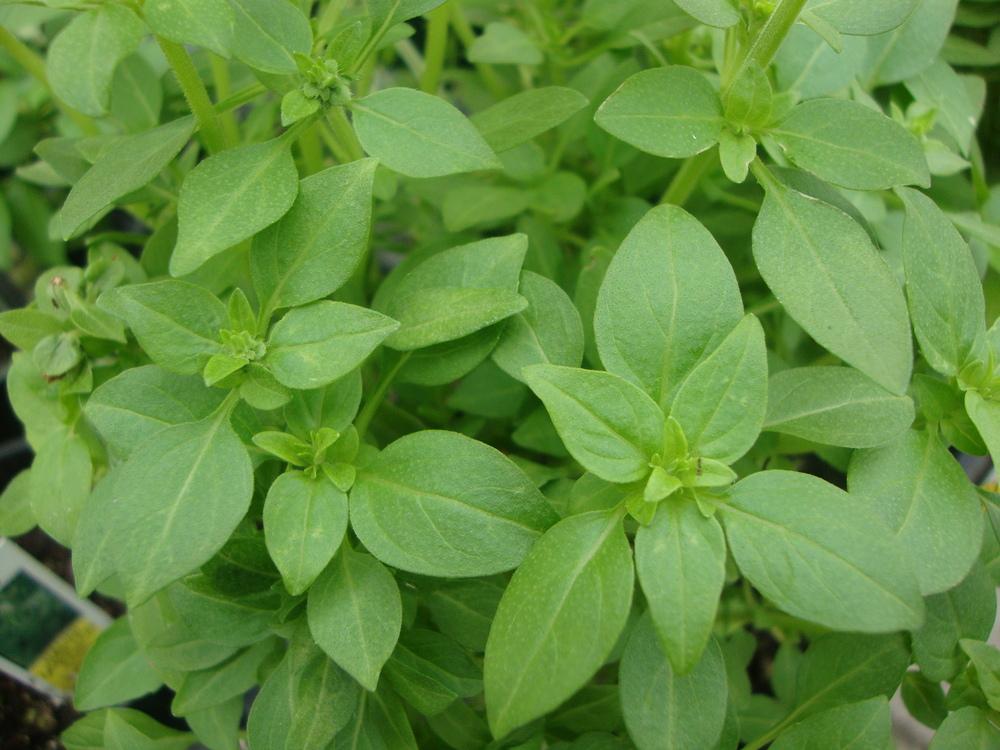
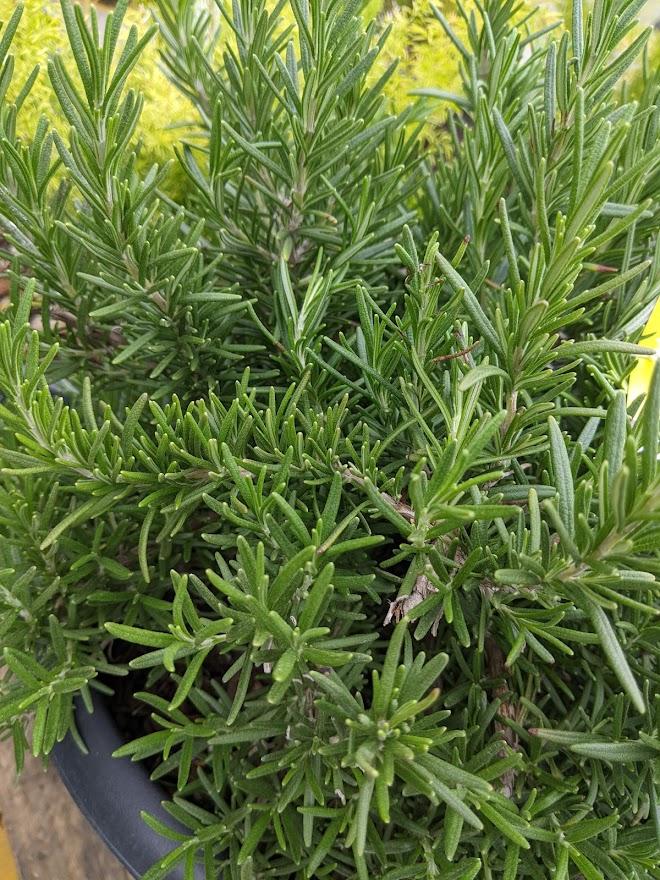
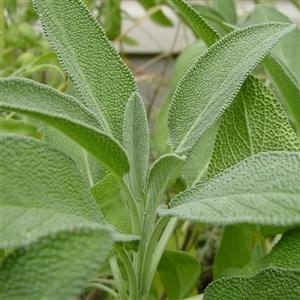
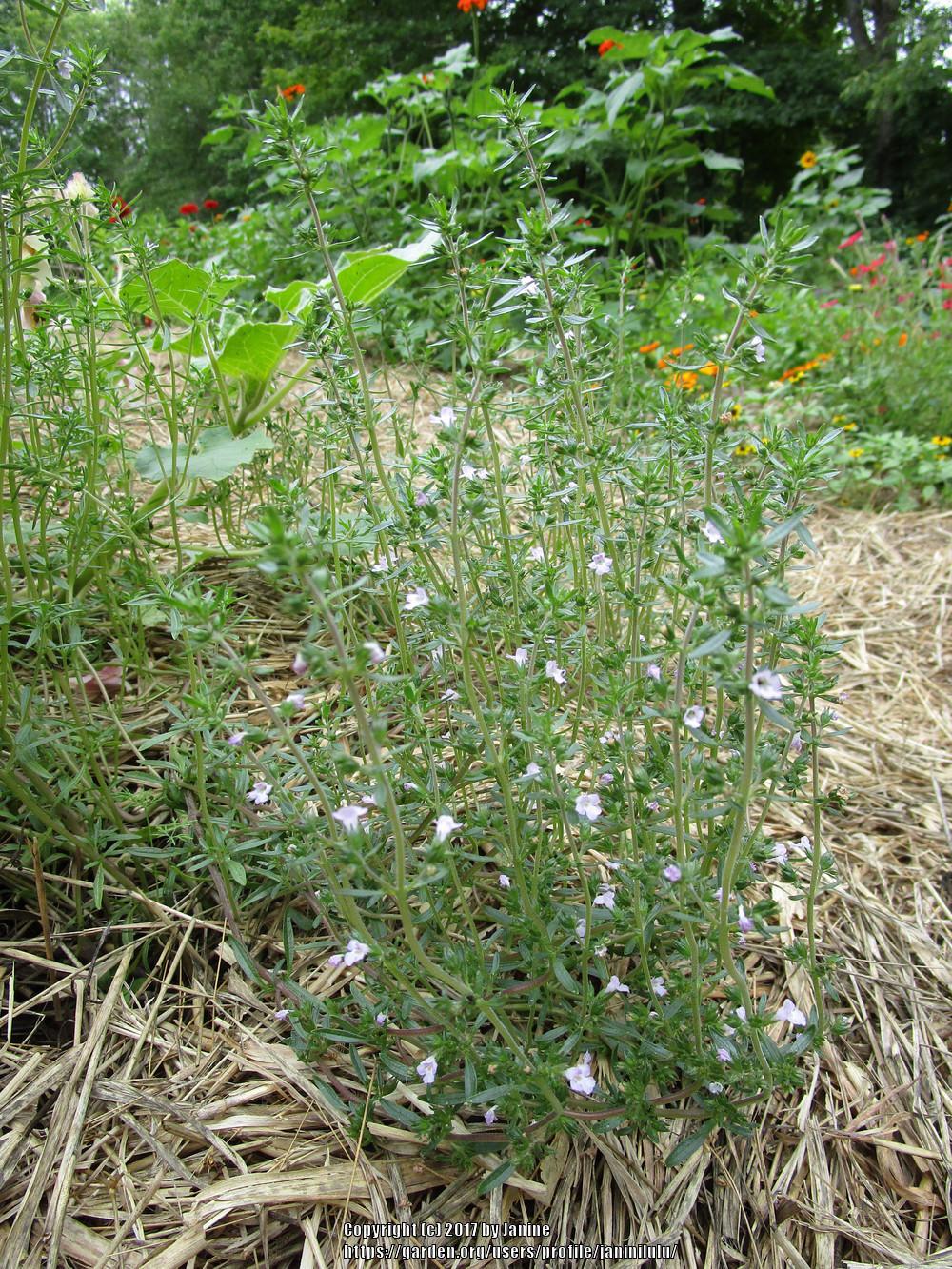
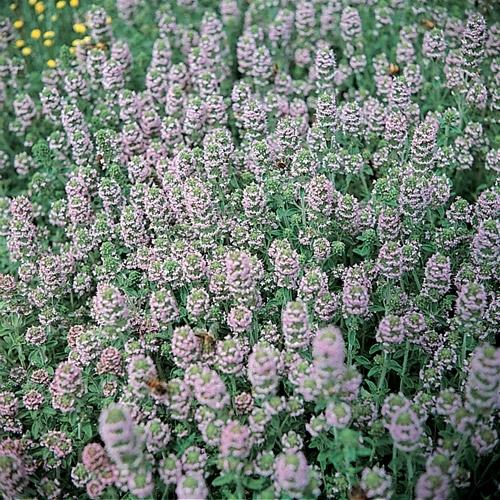
 Victory Seed Company has all the seeds you want for your best garden in 2024.
Victory Seed Company has all the seeds you want for your best garden in 2024.